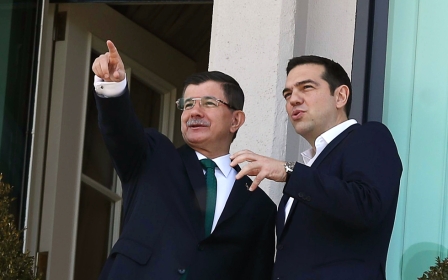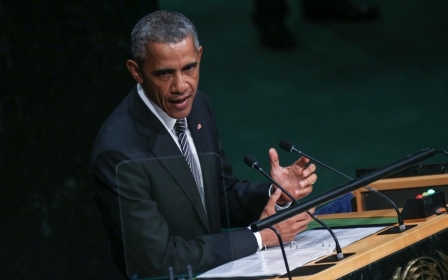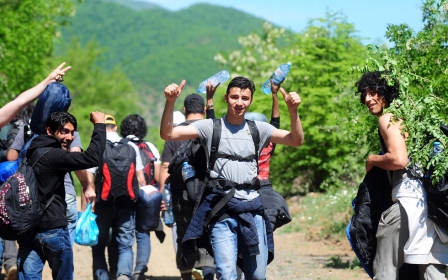Balkan countries impose 'national segregation' for refugees at borders

At least three countries on the Balkan route, the main thoroughfare for migrants and refugees seeking to reach northern Europe from Greece, abruptly imposed new border controls overnight on Thursday, allowing only certain nationalities to progress.
At Greece’s border with Macedonia in Idomeni, entry has been blocked for a number of nationalities including those from Pakistan, Sudan, Sri Lanka, Morocco, Liberia and the Democratic Republic of Congo. Meanwhile, Serbia is only admitting refugees from three countries: Syria, Afghanistan and Iraq, and only those possessing ID documents, either passports or registration documents issued in Greece.
Finally, Croatian authorities are only allowing Syrians, Afghans, Iraqis, and Palestinians to enter the country from Serbia.
Melita Sunjic, a spokeswoman for the UN’s refugee agency, UNHCR, said the new border measures were creating confusion on the ground and that UNHCR had been given no advance notice of the changes or any indication of whether they are intended to be temporary or permanent.
“Our thinking is that these people who are now stuck should have access to asylum procedures in the country they are in,” she told IRIN. “All these countries are signatories to the 1951 (Refugee) Convention and have their own refugee laws.”
“We don’t accept that because you’re from a certain country you can’t be a refugee. They should be given the possibility to apply for asylum.”
Sunjic said that the Serbian authorities on Wednesday evening returned a number of migrants who didn’t meet their new nationality criteria. Initially, Macedonian authorities allowed the pushbacks, but then, in the early hours of Thursday morning, refused to accept them. At this point, about 100 people were stuck in a no man’s land between the two borders without shelter. UNHCR was denied access to the migrants but Red Cross officials were finally allowed to bring them blankets.
According to Sunjic, a further 1,200 people were stranded in Idomeni, and were unable to cross into Macedonia.
A Facebook group, ‘Are You Syrious’, aimed at keeping refugees informed as they travel the Balkan route, reported that “national segregation” is also being used as the basis for returning some migrants to Greece from Macedonia and from Croatia to Serbia.
Speaking from Idomeni, Julia Kourafa of medical NGO Médecins Sans Frontières (MSF), said the Macedonian authorities had started limiting which nationalities could cross the border at 11pm on Wednesday night local time (2300 GMT).
“What we’re seeing is that last night the big tents installed at the transit camp [at Idomeni] were full of people, and we distributed some additional tents and sleeping bags because people had nowhere to sleep.”
Kourafa told IRIN that the Macedonian authorities had also begun preparations for building a fence at the Greek border. It is expected to block off a 1.5-kilometre stretch from the banks of the Axios River to the train tracks close to Idomeni.
Almost a quarter (23 percent) of the 836,000 migrants and refugees who have arrived in Europe by sea so far this year (the majority via Greece) are thought to be from other nations besides Syria, Afghanistan and Iraq, according to UNHCR figures.
The decision by several Balkan countries to simultaneously impose border restrictions may have been reached at an informal meeting of interior ministry officials in Slovenia on Tuesday. Discussions at the meeting reportedly included ways to slow down refugee flows through the region.
Middle East Eye propose une couverture et une analyse indépendantes et incomparables du Moyen-Orient, de l’Afrique du Nord et d’autres régions du monde. Pour en savoir plus sur la reprise de ce contenu et les frais qui s’appliquent, veuillez remplir ce formulaire [en anglais]. Pour en savoir plus sur MEE, cliquez ici [en anglais].




